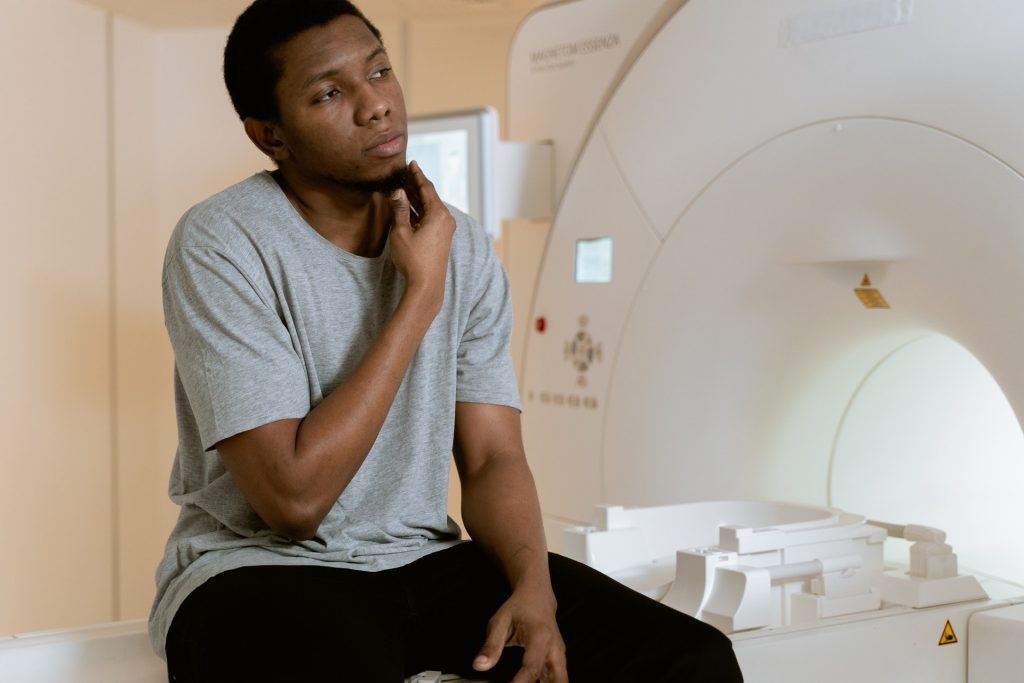‘Extensive Network’ of Opaque Medical Industry Ties

A study published by the BMJ shines a light on an extensive network of financial and non-financial ties maintained by the medical product industry with all major healthcare parties and activities.
The researchers called for greater oversight and transparency for this largely opaque and unregulated network, “to shield patient care from commercial influence and to preserve public trust in healthcare.”
While the medical product industry is a critical partner in advancing healthcare, especially with the development of new tests and therapies, they have financial returns to shareholders as their main objective.
In a landmark 2009 report [PDF], the Institute of Medicine described a multifaceted healthcare ecosystem rife with industry influence.
To date most research into medical industry conflict of interests have focused on a single party (eg. healthcare professionals, hospitals, or journals) or a single activity (eg. research, education, or clinical care). Thus, the full extent of industry ties across the healthcare ecosystem remains uncertain.
To address this gap, a team of US researchers set out to identify all known ties between the medical product industry and the healthcare ecosystem.
They searched the medical literature for evidence of ties between pharmaceutical, medical device, and biotechnology companies and parties (including hospitals, prescribers and professional societies) and activities (including research, health professional education and guideline development) in the healthcare ecosystem.
The researchers drew in data in 538 articles from 37 countries, along with expert input, to create a map depicting these ties. These ties were then verified, catalogued, and characterised to ascertain types of industry ties (financial, non-financial), applicable policies on conflict of interests, and publicly available data sources.
The results show an extensive network of medical product industry ties – often unregulated and non-transparent – to all major activities and parties in the healthcare ecosystem.
Key activities include research, healthcare education, guideline development, formulary selection (prescription drugs that are covered by a health plan or stocked by a healthcare facility), and clinical care.
Parties include non-profit entities (eg foundations), the healthcare profession, the market supply chain (eg payers, purchasing and distribution agents), and government.
For example, the researchers describe how opioid manufacturers provided funding and other assets to prescribers, patients, public officials, advocacy organisations, and other healthcare parties, who, in turn, pressured regulators and public health agencies to stifle opioid related guidelines and regulations.
They also warned that harms from industry promoted products remain unexplored. All party types were found to have financial ties to medical product companies, with only payers and distribution agents lacking additional, non-financial ties.
They also show that policies for conflict of interests exist for some financial and a few non-financial ties, but publicly available data sources seldom describe or quantify these ties.
The researchers acknowledge that their findings are limited to known or documented industry ties, and that some data might have been missed. However, they say their strategy of systematic, duplicative searching and feedback from an international panel of experts is unlikely to have missed common or important ties.
In light of this, they conclude: “An extensive network of medical product industry ties to activities and parties exists in the healthcare ecosystem. Policies for conflict of interests and publicly available data are lacking, suggesting that enhanced oversight and transparency are needed to protect patients from commercial influence and to ensure public trust.”
Source: EurekAlert!










